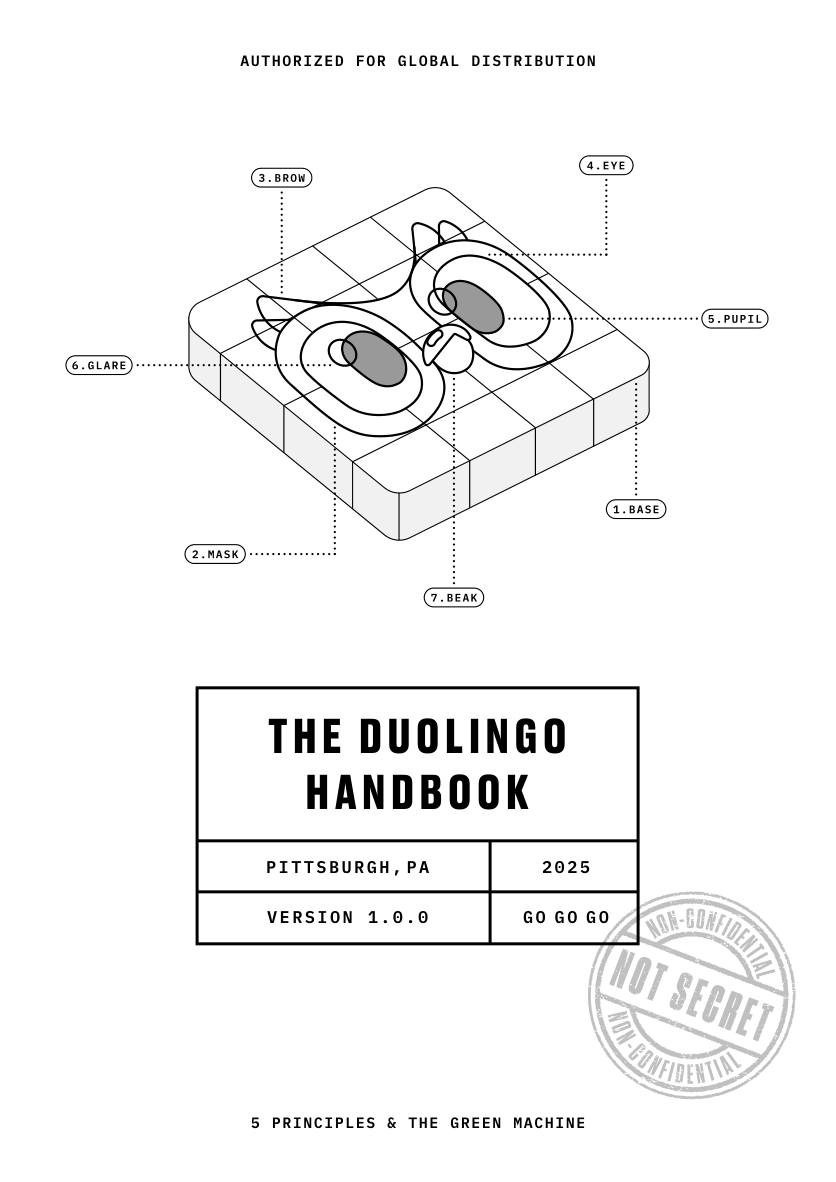
Metadata
- Author: Jack Morgan
- Full Title:: The Duolingo Handbook
- Category:: 🗞️Articles
- Document Tags:: Company Culture, Data Culture,
- URL:: https://readwise.io/reader/document_raw_content/270015233
- Read date:: 2025-02-27
Highlights
Metrics, when available, should be at the center of all our work and communications. Decisions must be grounded in evidence, not abstract narratives. By focusing on actual results—like the effect of a new feature on daily bookings—we can quickly assess whether something belongs in the app. But this spirit extends well beyond the app. For example, we measure how our offices are being used (and not used), so we can make each new space better than the last. (View Highlight)
The Tyranny of Metrics Fixating on the numbers can sometimes lead us astray. Metrics are valuable, but in isolation, they paint an incomplete picture. For example, learning outcomes—that is, what a student should know after completing a lesson—are notoriously tricky to measure. In cases like these, we have to trust our intuition and expertise. (View Highlight)
The fastest way to create something excellent isn’t through abstract discussions. Just start building, and create the right continuous feedback loops. This feedback comes from both quantitative (A/B test results, social impressions, efficacy research) and qualitative sources (extensive dogfooding). Earlystage projects typically lean more heavily on qualitative feedback before shifting to more data-driven metrics. (View Highlight)
- Define Success We always want to set clear, measurable goals—whether it’s DAUs, bookings, or social impressions. But metrics aren’t always available for early-stage projects. In that case, we define the best available qualitative goals, iterate toward clarity, and keep an eye out for any useful signals. (View Highlight)